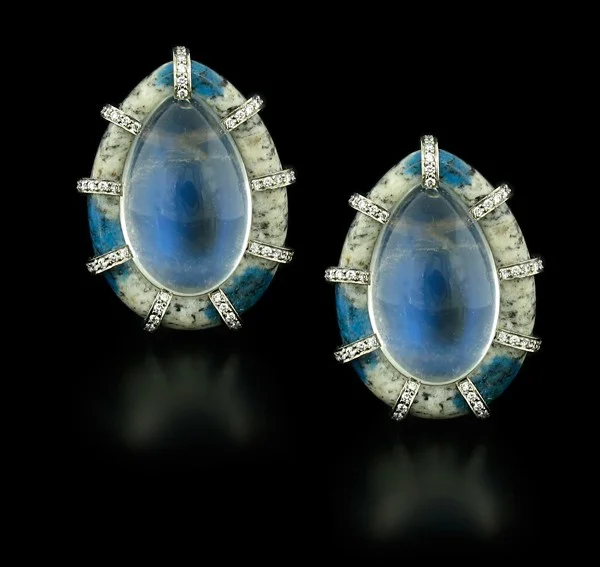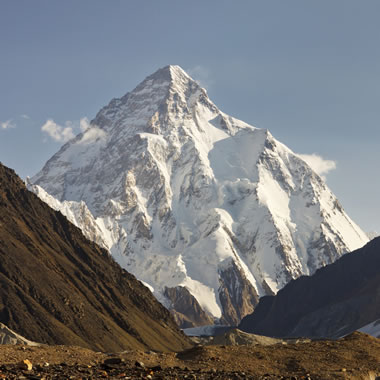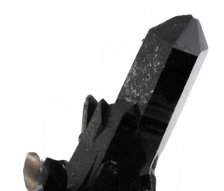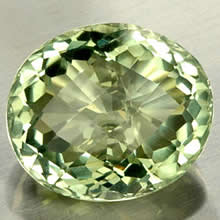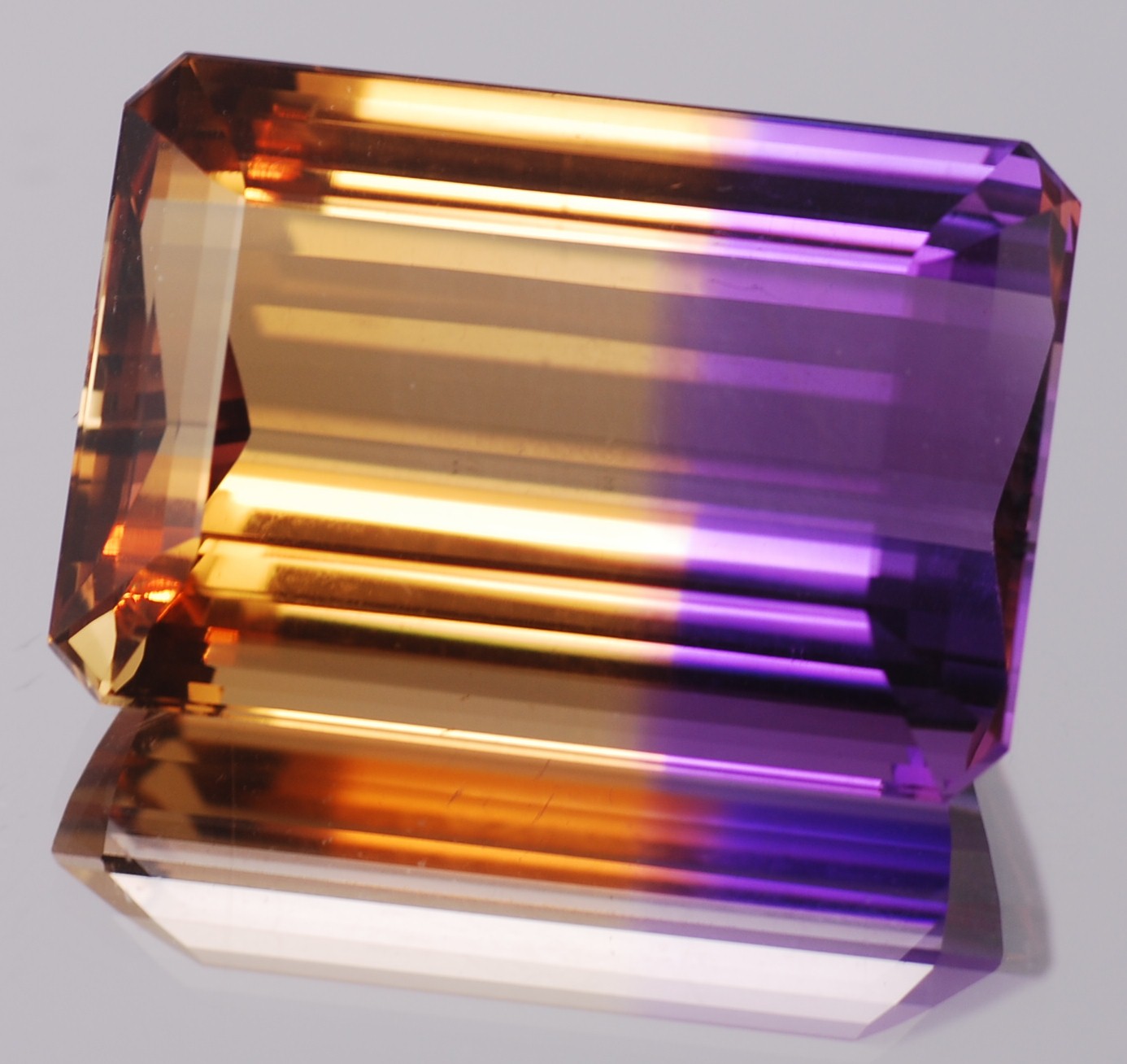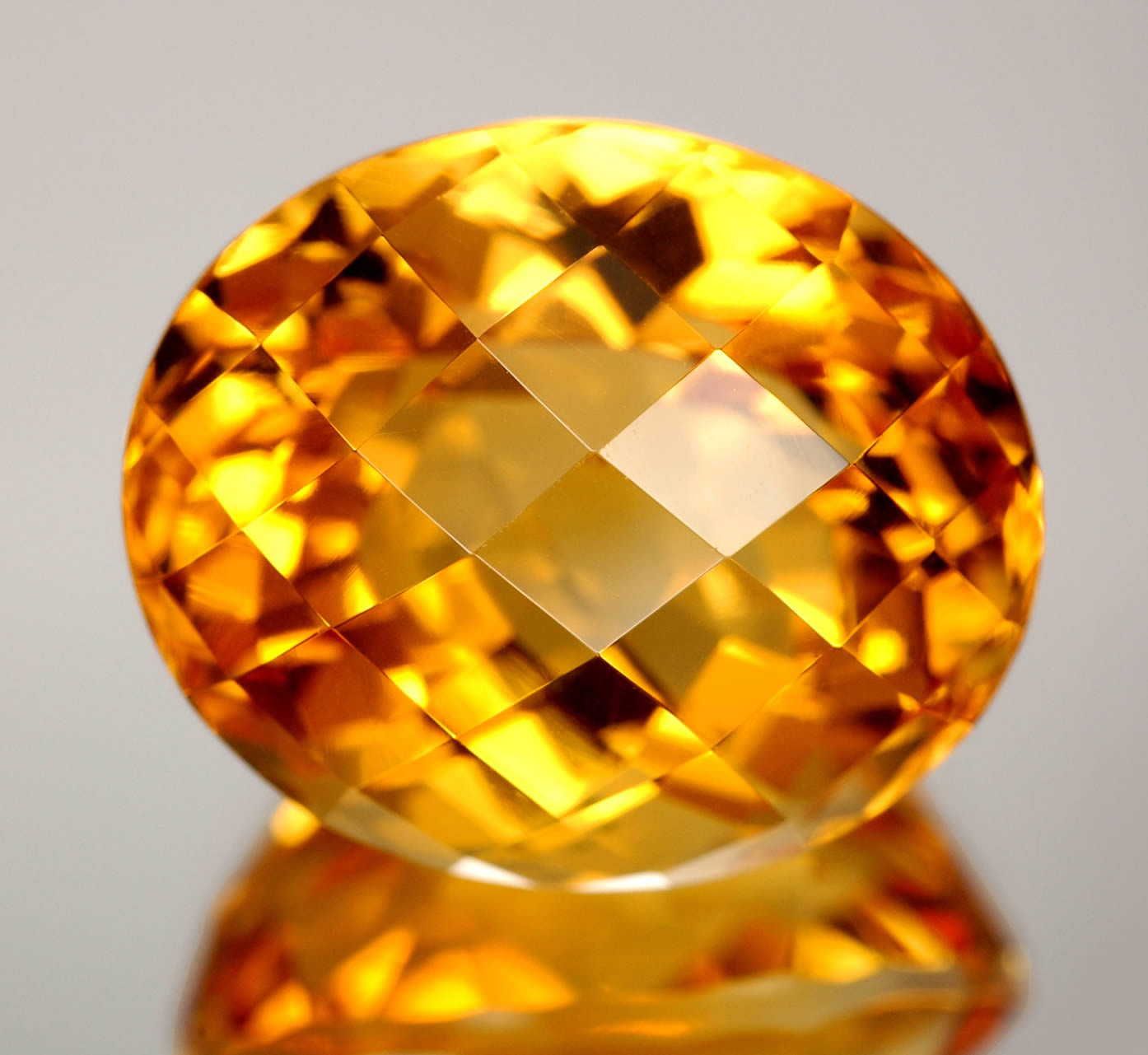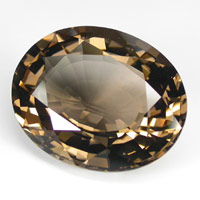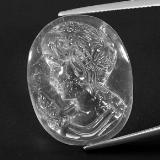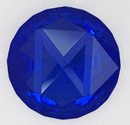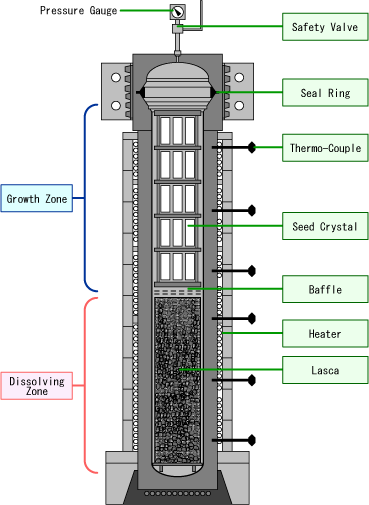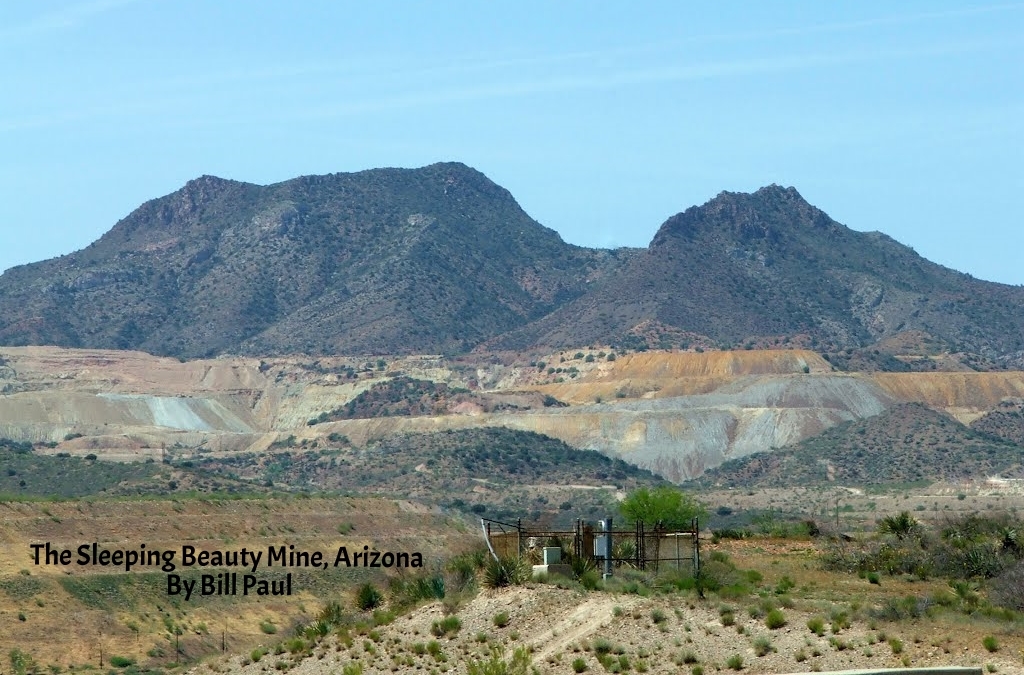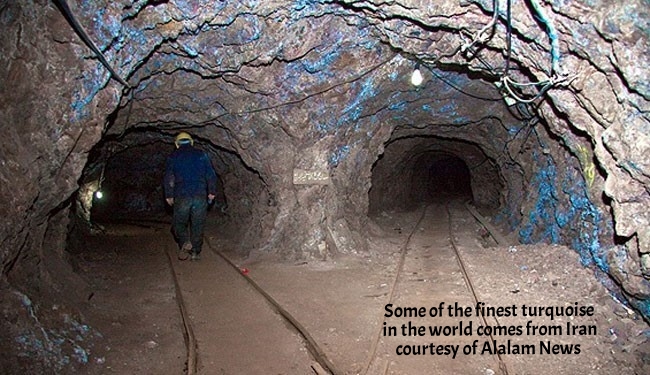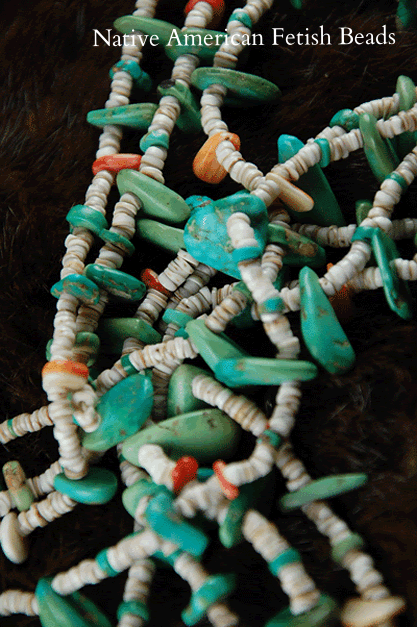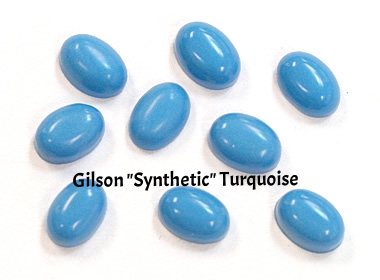One reason I love jewelry by Nicholas Varnay is that he isn't afraid of playing with "unconventional" stones. One of the most interesting is K2 Granite,” also known as “K2 Jasper.”
What is K2 Granite?
"K2 Granite," also known as "K2 Jasper," is an extremely interesting and actually slightly controversial rock and lapidary material that comes from Pakistan.
The mineral is a bright white granite that contains beautifully contrasting orbs of bright blue azurite. The azurite orbs can range from a few millimeters up to about two centimeters in diameter that can look like bright blue splashes on a rough pieces.
K2 Jasper is the most commonly used name for marketing this material, but it is definitely not jasper. If you examine the rock closely you can see that the splotches are actually spherical. You will also see see cleavage faces of feldspar minerals and black flakes of biotite.
The white granite is fine-grained: composed of quartz, white feldspars, and biotite.
The azurite is a secondary material that clearly formed after all of the other minerals in the granite had solidified from the parent melt. This can be seen clearly during an examination of the azurite spheres. They are present along the mineral grain boundaries, within tiny fractures, and as a “dye” penetrating the feldspar grains.
I mentioned that this stone has been slightly controversial. When this mineral first appeared on the market the lapidary world did not believe that the blue splotches could be azurite (and to some extent this is still the case). This is because white granite and azurite rarely occur together. For many this is the first time that they have seen the two materials in such close association.
The Controversy
For the last 3 or so years experienced mineralogists, people from Pakistan who have directly obtained K2 fron it's source, and lapidarists who have worked with K2 cutting cabochons, have had long discussions about the material; sharing observations, photomicrographs, chemical analyses, and x-ray diffraction data trying to learn more about the intrusive mineral, arriving at the conclusion that it is indeed azurite. Some specimens were also found to have small areas that are stained green with malachite! The science of geology continues to evolve and astound!

